In the vast tapestry of spice production, saffron stands as a singular and precious thread, coveted for its vibrant color, unique flavor, and rich historical significance. As we explore the global landscape of saffron cultivation, one nation emerges as the undisputed leader, weaving the largest abundance of this crimson treasure. This essay delves into the narrative of the world’s largest producer of saffron, unraveling the historical, climatic, and cultural threads that contribute to its prolific saffron harvest.
Iran’s Pinnacle as the Global Saffron Leader:
Iran stands as the unparalleled sovereign in the realm of saffron cultivation, boasting the largest production of this illustrious spice on a global scale. The Khorasan Province, with its arid climates and well-drained soils, provides the optimal environment for cultivating the delicate Crocus sativus flower. Within this province, the city of Mashhad, in particular, has earned a reputation as a saffron hub, symbolizing Iran’s dominance in the saffron market.
Historical Legacy:
Iran’s association with saffron cultivation is deeply rooted in history, dating back to ancient times. Persian cuisine, traditional medicine, and rituals have all woven saffron into the fabric of the nation’s cultural identity. The historical legacy of saffron in Iran not only highlights the spice’s significance but also underscores the continuity of its cultivation practices through generations.
Climatic Advantage:
Iran’s climatic advantage plays a pivotal role in its saffron supremacy. The cold winters induce dormancy in the saffron corms, while the warm, dry summers create an ideal environment for flowering and harvesting. The harmonious dance between climate and cultivation practices results in saffron threads that boast a deep crimson hue, exquisite aroma, and robust flavor, setting Iranian saffron apart on the global stage.
Cultural Pride and Economic Impact:
Beyond its economic importance, saffron holds a profound cultural significance in Iran. The spice is intricately woven into Persian culinary traditions, adding its distinct aroma and color to a myriad of dishes. Saffron cultivation is not merely an agricultural activity but a cultural heritage that evokes a sense of pride and connection for the Iranian people. The economic impact of saffron cultivation extends beyond the farm, contributing significantly to Iran’s agricultural exports and trade balance.
Challenges and Innovations:
While Iran’s position as the largest saffron producer is firmly established, the industry faces challenges such as counterfeit saffron flooding the market and fluctuating global prices. In response, the Iranian government and farmers are implementing modern cultivation and processing techniques, exploring new markets, and emphasizing quality control to maintain their dominant position in the saffron domain.
In the realm of saffron cultivation, Iran stands as the guardian of the largest harvest globally, cultivating not just a spice but a legacy that has endured for centuries. The historical, climatic, and cultural factors converge in Iran to create an environment where saffron flourishes, making it the epicenter of the world’s saffron production. As the crimson abundance from Iran’s saffron fields continues to captivate global markets, it remains a testament to the nation’s commitment to preserving the essence of this golden spice for generations to come.
Iran’s Saffron Sovereignty: The Unrivaled Global Harvest
In the intricate world of spice cultivation, one nation stands as the undisputed sovereign of saffron production — Iran. The crimson threads of Crocus sativus, harvested in the vast landscapes of the Khorasan Province, weave a narrative of unparalleled saffron abundance. This essay explores the historical roots, climatic advantages, and cultural significance that propel Iran to its position as the unrivaled global harvest leader in saffron production.
Iran’s affinity for saffron is deeply embedded in its historical tapestry. Dating back to ancient times, saffron has been a cultural symbol, finding its way into Persian cuisine, traditional medicine, and even religious rituals. The historical legacy of saffron cultivation in Iran is a testament to the enduring connection between the land and this precious spice, making Iran a guardian of saffron’s traditions and secrets.
The climatic conditions of the Khorasan Province provide a unique advantage for saffron cultivation. Cold winters induce dormancy in saffron corms, while the warm, dry summers offer an ideal environment for flowering. This delicate balance creates saffron threads of exceptional quality, characterized by a deep color, intense aroma, and robust flavor. Iran’s climatic advantage is a key factor in its ability to produce saffron that is unmatched on the global stage.
Saffron is not merely an agricultural commodity in Iran; it is a symbol of cultural pride and culinary heritage. Persian cuisine, renowned for its rich flavors and aromatic dishes, relies heavily on saffron to add depth and complexity to various recipes. The use of saffron in traditional Iranian dishes not only reflects the spice’s cultural significance but also elevates the culinary experience to a level of sophistication appreciated by connoisseurs worldwide.
Iran’s saffron sovereignty extends beyond cultural pride, impacting the nation’s economy and global trade. Saffron cultivation has become a significant contributor to Iran’s agricultural exports, enhancing the country’s position in the international market. Iran’s dominance in global saffron production allows it to influence market trends, setting the standard for quality and authenticity.
While enjoying its position as the largest saffron producer globally, Iran faces challenges such as counterfeit saffron flooding the market and fluctuating global prices. In response, the Iranian government and saffron producers are implementing innovative cultivation and processing techniques, exploring new markets, and enhancing quality control measures to ensure the sustainability and authenticity of their saffron industry.
In the realm of saffron production, Iran’s saffron sovereignty is an epic tale of agricultural mastery, cultural richness, and economic influence. The crimson fields of the Khorasan Province produce not just a spice but a symbol of national identity and global excellence. As Iran continues to guard the legacy of saffron cultivation, its unrivaled global harvest stands as a testament to the enduring connection between the people, the land, and the precious threads of saffron that have woven themselves into the fabric of Iranian history and culture.
Crimson Abundance: Exploring the Epicenter of World Saffron Production
In the realm of spice cultivation, there exists a place where the earth blushes in shades of crimson, and the air is infused with the delicate aroma of Crocus sativus. This place is none other than the epicenter of world saffron production – the Khorasan Province in Iran. This essay embarks on a journey to explore the crimson abundance that paints the landscapes of Khorasan, unraveling the historical legacy, climatic nuances, and cultural significance that make it the heart of the global saffron harvest.
The crimson abundance of saffron in Khorasan is not a recent phenomenon but a legacy woven into the tapestry of history. Dating back to ancient times, saffron has been an integral part of Persian culture, influencing culinary traditions, medicinal practices, and cultural rituals. The historical legacy of saffron cultivation in Khorasan serves as a testament to the enduring relationship between the land and this coveted spice.
The climatic nuances of Khorasan create a canvas perfectly suited for the cultivation of saffron. The cold winters induce dormancy in the saffron corms, while the warm, dry summers provide an optimal environment for flowering. This delicate dance with the seasons gives rise to saffron threads of exceptional quality – threads that embody the essence of Khorasan’s unique climatic tapestry.
Saffron in Khorasan is not merely an agricultural commodity; it is a cultural treasure. The spice finds its way into the heart of Persian cuisine, adding a golden touch to dishes that carry the flavors of tradition. The cultural significance of saffron in Khorasan extends beyond the culinary realm, permeating art, literature, and local traditions, creating a profound sense of identity and pride among the people.
Khorasan’s saffron fields are not only a source of cultural wealth but also economic prosperity. The abundance of saffron elevates Khorasan’s position in the global saffron market, making it a key player that influences trends and sets standards. The crimson abundance from Khorasan’s fields has become synonymous with authenticity, quality, and the true essence of saffron.
While Khorasan stands as the epicenter of saffron production, it is not without its challenges. Counterfeit saffron flooding the market and fluctuations in global prices pose threats to the industry. In response, Khorasan’s saffron producers are adapting and innovating, implementing modern cultivation techniques, enhancing quality control, and exploring new markets to ensure the sustainability and continued success of their saffron harvest.
In the heart of Khorasan, where the earth yields a crimson abundance, the story of world saffron production unfolds. The historical legacy, climatic nuances, and cultural significance converge to create a tapestry of saffron that is unparalleled in its richness and authenticity. As Khorasan continues to be the epicenter of this crimson abundance, it stands not only as a guardian of tradition but as a beacon that illuminates the global saffron stage with its vibrant threads of gold.
Threads of Gold: Iran’s Pinnacle as the Largest Saffron Producer Worldwide
In the realm of spices, there exists a treasure that transcends its culinary value, weaving threads of gold through the rich tapestry of Iranian culture and agriculture. Saffron, with its vibrant hue, unique aroma, and historical significance, has positioned Iran as the unrivaled champion in global saffron production. This article delves into the threads of gold that define Iran’s pinnacle as the largest saffron producer worldwide, exploring the historical roots, climatic advantages, and cultural importance that have propelled the nation to saffron supremacy.
Historical Roots:
The story of Iran’s dominance in saffron production is deeply rooted in history, echoing through the ages of Persian civilization. Saffron has been an integral part of Iranian culture, shaping culinary traditions, medicinal practices, and artistic expressions. From the opulent palaces of ancient Persia to the bustling markets of modern-day Iran, saffron has maintained its status as a symbol of luxury, prosperity, and cultural identity.
Climatic Advantages:
Iran’s saffron prowess is closely tied to its climatic advantages, particularly in the Khorasan Province, where the majority of saffron cultivation takes place. The cold winters induce dormancy in saffron corms, preparing them for the vibrant bloom that follows during the warm, dry summers. This delicate dance with the seasons, coupled with well-drained soils, creates an ideal environment for saffron cultivation, resulting in threads of gold that boast exceptional quality and flavor.
Cultural Importance:
Beyond the economic significance, saffron holds a special place in the hearts of Iranians. Its use in Persian cuisine, from aromatic rice dishes to decadent desserts, adds a touch of sophistication and elegance to traditional meals. Saffron’s inclusion in various cultural rituals and ceremonies further solidifies its role as a symbol of purity, warmth, and prosperity. The cultivation and harvest of saffron become not just agricultural activities but cultural celebrations that connect generations.
Economic Impact:
Iran’s status as the largest saffron producer has far-reaching economic implications. The saffron industry contributes significantly to the nation’s agricultural exports, bolstering its economy and trade balance. Iranian saffron, renowned for its deep color, potent aroma, and robust flavor, commands a premium in the global market, making it a sought-after commodity for chefs, perfumers, and wellness enthusiasts worldwide.
Challenges and Innovations:
While Iran enjoys its position as the saffron giant, challenges such as counterfeit saffron flooding the market and fluctuating global prices persist. In response, the Iranian government and saffron producers are embracing innovation. Modern cultivation techniques, stringent quality control measures, and exploring new markets are part of the strategy to ensure the authenticity and sustainability of Iranian saffron.
Iran’s pinnacle as the largest saffron producer worldwide is not merely a result of agricultural prowess but a reflection of centuries-old traditions, favorable climatic conditions, and a cultural appreciation for the golden threads that emerge from the saffron fields. As Iran continues to cultivate and export the world’s finest saffron, it stands as a guardian of a legacy, weaving threads of gold that bind the nation to a spice that is as precious as the cultural heritage it represents. The threads of gold from Iran’s saffron fields are not just a commodity; they are a testament to the enduring connection between a nation and its golden harvest.


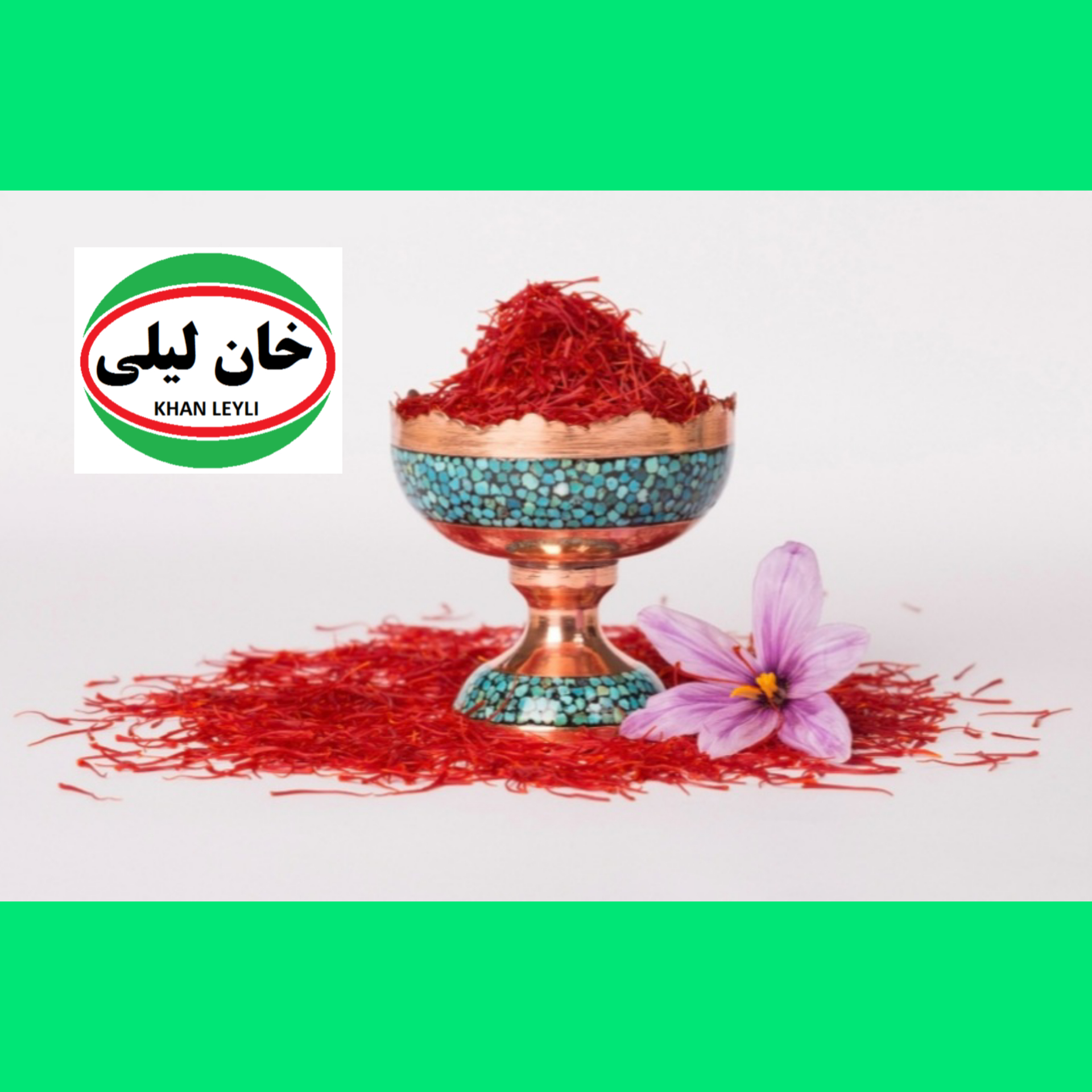
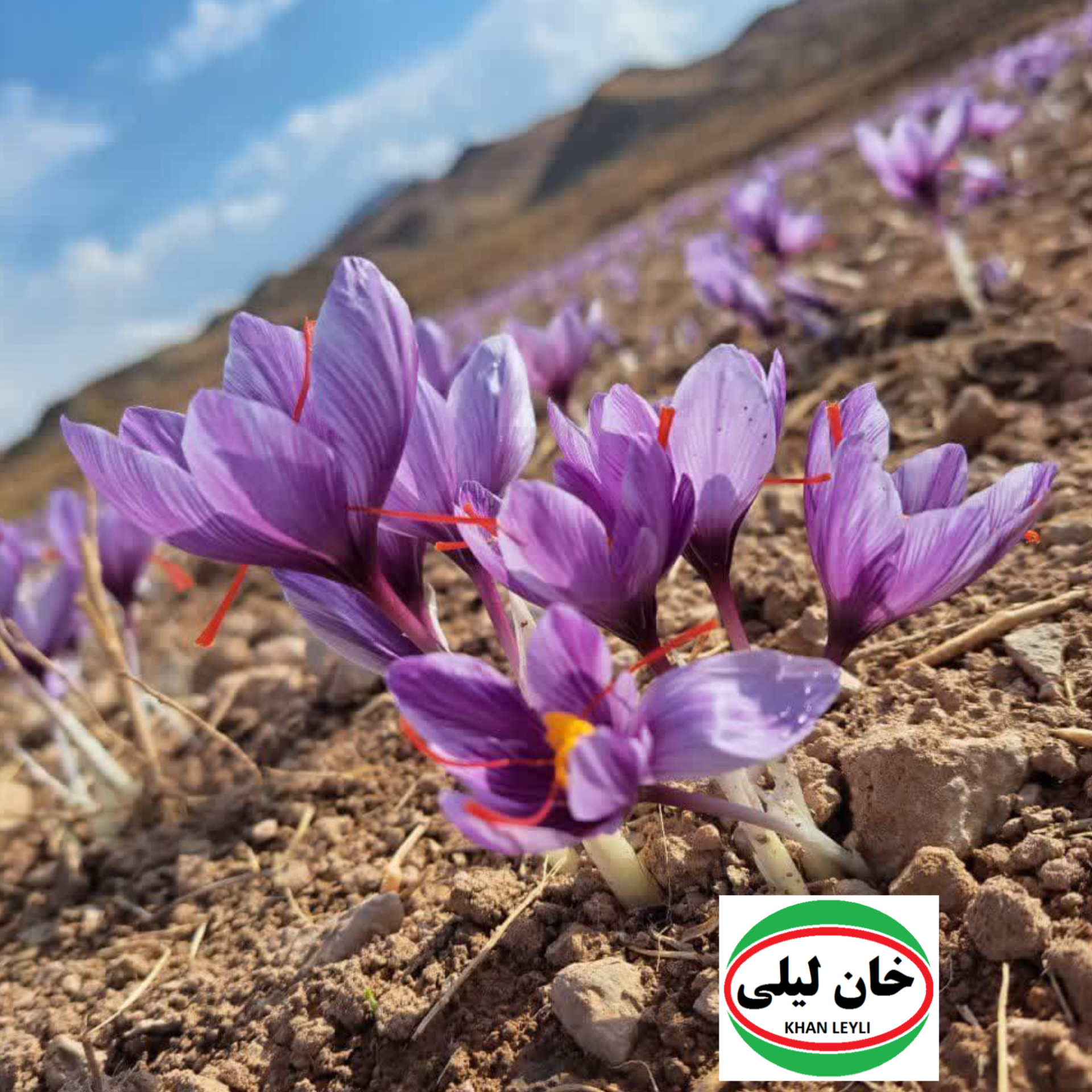
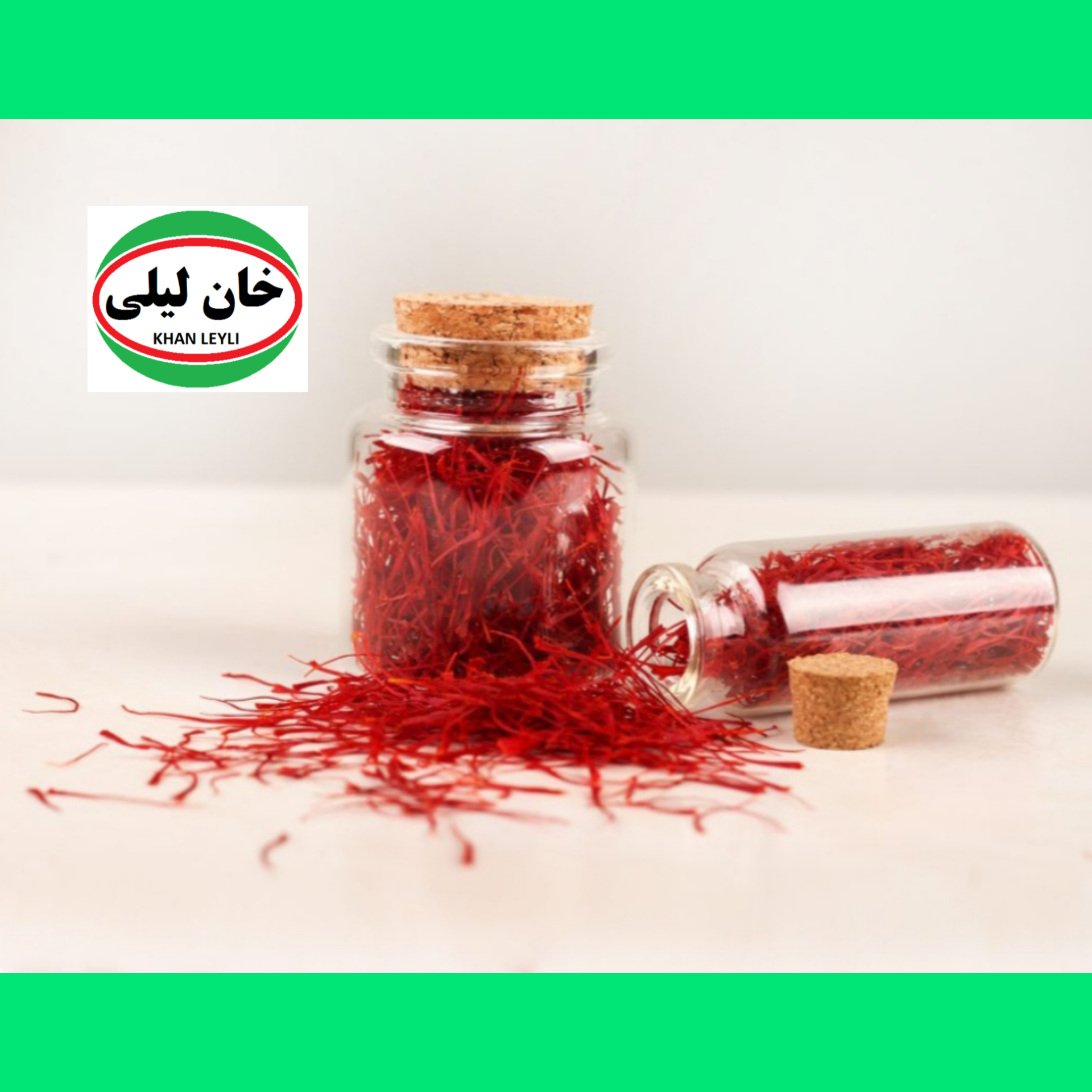
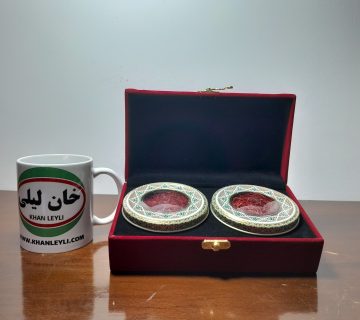
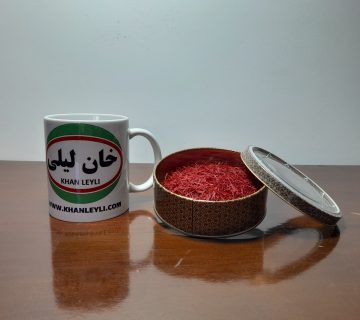
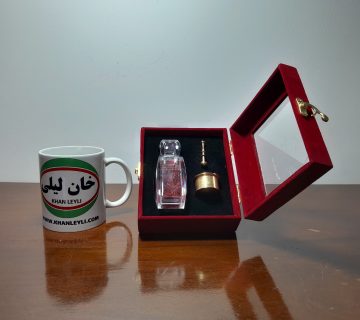
No comment